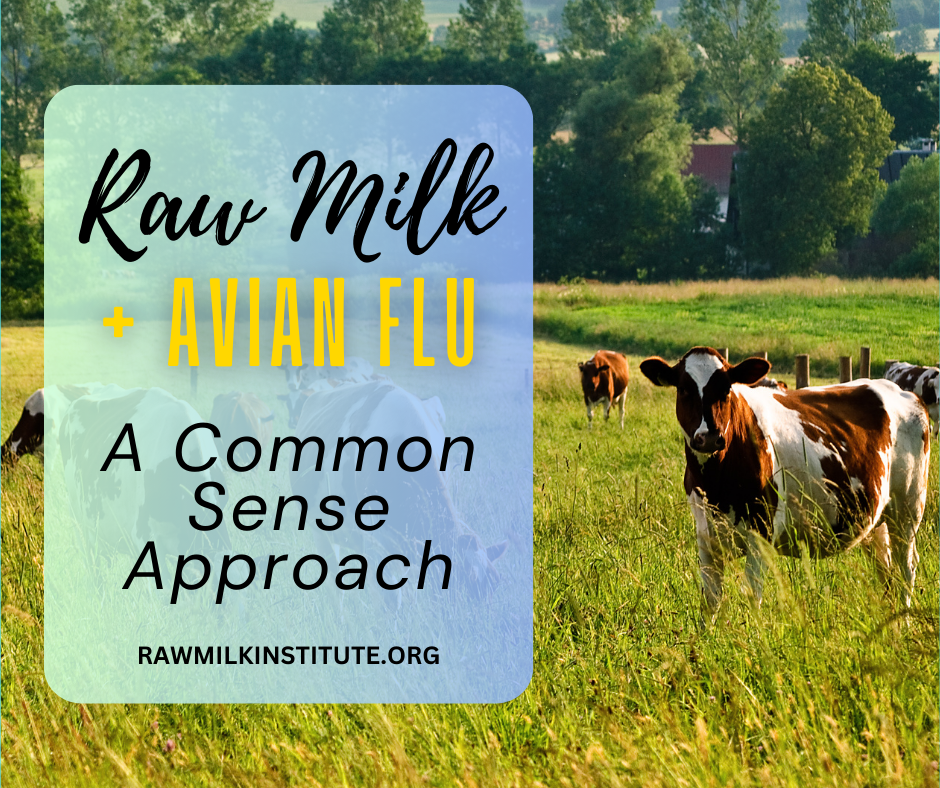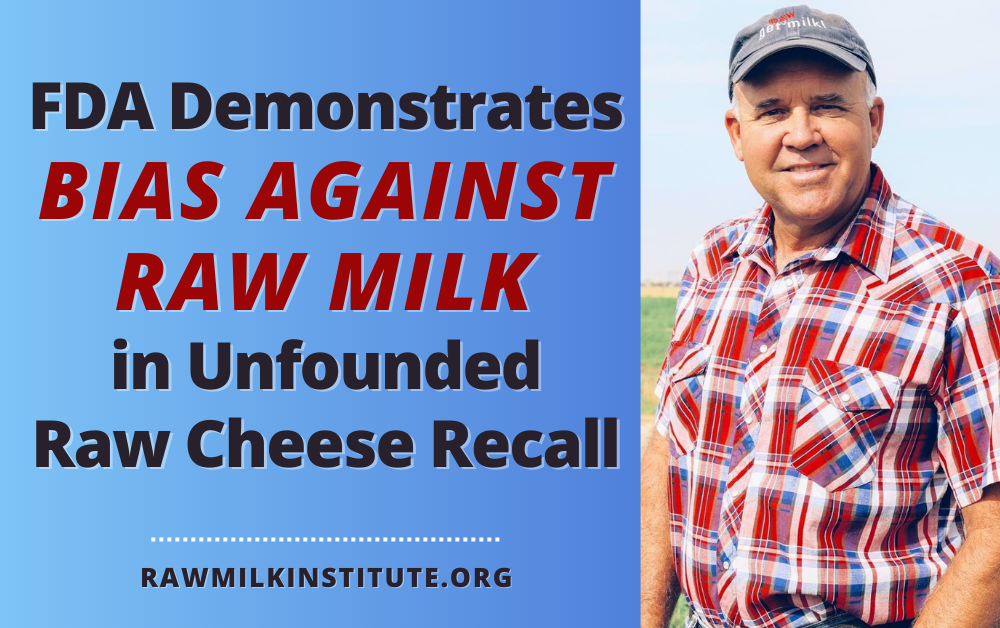Build Immune System Strength With Whole Foods: Drink Raw Milk!
America invested $3 billion dollars and spent 13 years between 1990 and 2003 to figure out what makes us genetically human. The research project focused on discovery of the genes and genetic code that makes us what we are. This work was funded by Congress and led by the Department of Energy and the National Institutes of Health. The findings were not quite as expected.
Our parents gave us each about 20,000 genes that give us our basic structure and shape. That was the easy part. That is our “hardware”. However, the “software” that runs our human machine gets a little tricky. It becomes very complicated and even inconvenient.
Rob Knight, founder of the Center for Microbiome Innovation and Professor of Pediatrics at the University of California San Diego, describes that,
“You’re more microbe than you are human.”
On a cellular level, we are only 43% human, with the balance of our cells being bacteria, viruses, and fungi. Genetically, our 20,000 human genes are vastly outnumbered by 2,000,000 to 20,000,000 microbial genes, which are mainly coming from bacteria. And most of these bacteria make their home in our gut.
At the cellular level, genetic information is shared between human cells and microbial cells. Genetic information is freely traded, exchanged and swapped around as an essential part of life and cellular function. The essential bacterial genetic information acts as “software” for the human cells, regulating the immune system, digestion, and manufacture of vital vitamins. This is how our human micro-biome functions.
I like to say “we are Bacteriosapiens”. What does this mean in real terms? How do we apply advanced science and use this information to better our lives? The bottom line is this:
We have great control over our optimal health.
We are not narrowly driven by the genes our parents passed to us. Those genes are important, but they are only a sliver of the genetics that truly drive our human machine. How we live our lives has tremendous impact on our microbiome and therefore our health. Were we breast fed, were we born by C-Section, did we receive heavy antibiotics early on? That’s just for starters. What we were fed as children and how do we continue to eat today? Don’t get into a guilt trip. That’s all old history. You can start fixing it today.
According to Dr. Anahid Jewett PhD at UCLA:
The healthy gut biome needs two things to reduce inflammation and keep you healthy:
A load of biodiverse bacteria
The whole foods that feed them
It comes down to nurturing our beneficial bacteria! How do we get good bacteria to hang out, colonize our bodies, and become our very best genetic friends? How do we get and keep our genetic software so our human cells can make good decisions and keep us healthy? Beneficial bacteria don’t hang around very long if we don’t offer them breakfast, lunch and dinner.
What nourishes our beneficial bacteria? Whole foods do. What is a whole food? A whole food is a food that is unprocessed and complete. Nothing taken away and nothing added. Whole foods grow right out of good healthy soils which are teaming with earthworms, fungi, and bacteria. Whole foods come right out of the cow or straight from a well-nourished animal.
Americans don’t eat many whole foods. Instead we eat the Standard American Diet (SAD). In doing so, we starve and deprive our beneficial bacteria! In fact, we Americans love our antibiotics, pharmaceutical drugs, preservatives, sugar rich foods, long shelf life foods and GMOs. Highly processed foods and chemicals are destructive to our gut biome and the bacterial diversity required for genomic health. So what does that leave us? Its leaves us with “hardware and no software to drive it”. We become genetically inept at the cellular level. We develop a whole range of diseases, including allergies, leaky gut, autoimmune disorders, depression, autism, and more. It’s really SAD.
Nourishing and healing our gut microbiome requires moving away from processed foods and pharmaceuticals, and instead moving towards whole foods.
Raw milk, raw cheese, raw butter, raw cream and raw kefir are whole gut biome superfoods. They seed the gut with diverse beneficial bacteria, while providing the enzymes, proteins, minerals, and good fats that bacteria love to eat. They are whole foods with biologically active elements and protein systems that protect the gut, and build and maintain our immune system. They are the first foods of life! Add fresh or fermented vegetables, grass-fed beef, chicken, eggs, and other direct-from-the-farm foods to make your bacteriosapien thrive!
Follow-on studies to the Human Genome Project continue today, including the Human Microbiome Project and the American Gut Project. It has become quite the clash of titans. The current medical and food processing establishments find this information to be extremely inconvenient. If bacteria are critical to life, then what are we doing with all the antibiotics? Sugars grow candida yeast and disrupt normal healthy bacterial colonization. Preservatives kill off bacteria in foods to extend shelf life and cause damage to the gut bacterial colonies. So does the widely-used glyphosate Round-up!
In the recent Coronavirus Pandemic, we witnessed lack of resilience in our gut biomes and immune systems.
While some people were not affected by Coronavirus others became deathly ill or worse. We don’t know exactly why there was such a difference in these outcomes and pathways. We have been given a big hint, though: in general, COVID19 illness seriously affected those with compromised immune systems and poor health status.
New threats will continue to emerge. Viruses and bacteria continually evolve and adapt. Our immune system and gut biome must dynamically do the same. We must be adaptive and resilient to be able to address the ever present and evolving threats that will come to visit us. Will your immune system and genomics be up to the new threat? Vaccines are always late, come after the fact, and don’t have the most effective track record. A healthy adaptive resilient immune system is with you and working all the time.
There is a long list of studies that confirm the health benefits of raw milk. These benefits include significantly fewer colds (which are viral illnesses), less asthma, fewer ear infections, reduction of eczema, less allergies, and stronger general health. These findings confirm that:
Those who eat a whole food diet and consume raw dairy products have more adaptive and resilient immune systems.
Get to know your bacterial self. You are not alone. Give your new best friends breakfast, lunch, and dinner. They won’t ever let you down if you feed them well.
Drink your raw milk and eat your whole foods! Cherish your new bacterial friends. They are the healthy you!







































